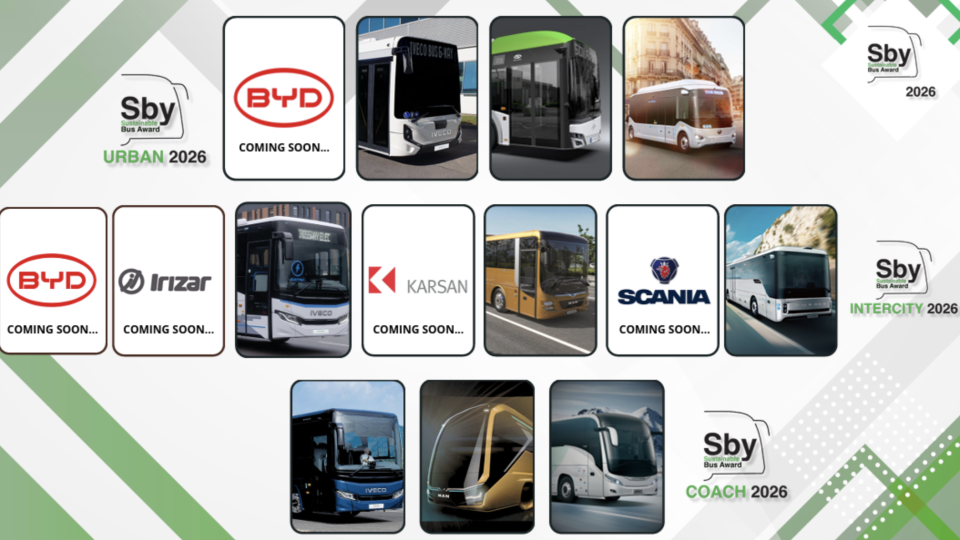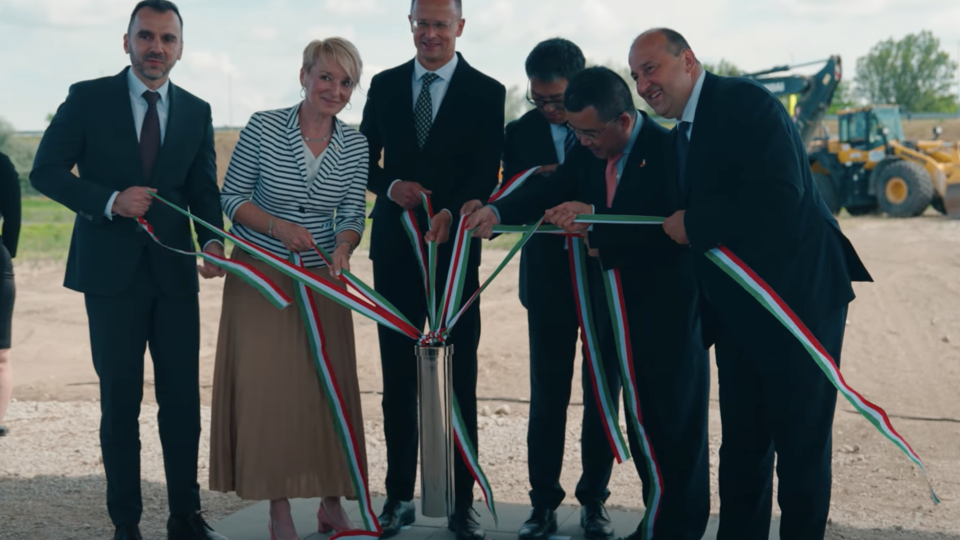Fuel cell system prices to drop 77% in 10 years. A report by Interact Analysis
Revenues from electrified powertrains in the truck and bus field will increase 24-fold from under $1bn in 2020, to $6.8bn in 2025 and then on to $22.7bn in 2030. It’s the forecast outlined by market research company Interact Analysis in the recent report Electrified Truck and Bus Powertrain Pricing and Architecture, that considers the market for all […]
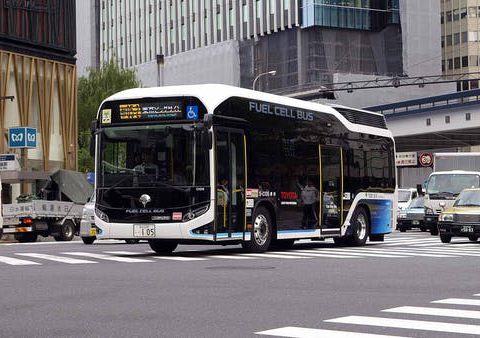
Revenues from electrified powertrains in the truck and bus field will increase 24-fold from under $1bn in 2020, to $6.8bn in 2025 and then on to $22.7bn in 2030. It’s the forecast outlined by market research company Interact Analysis in the recent report Electrified Truck and Bus Powertrain Pricing and Architecture, that considers the market for all powertrain types in the Europe and North America regions: hybrids, battery electric vehicles, and fuel cell electric vehicles.
The battery pack will account for over half the total revenue throughout the period for all systems (54% in 2025). Revenues are predicted to be much higher in the second half of the forecast period (between 2025 and 2030) as more medium and heavy-duty vehicles enter the market. What is very interesting, 2030 prices for fuel cell systems are predicted to average 23% of the 2019 figure.
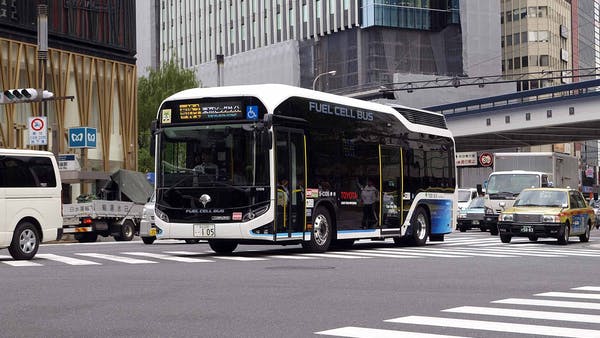
Electrified powertrains: the role of battery
As mentioned in Interact Analysis’ report on electrified powertrains in the truck and bus market, «the average price of the battery pack in 2019, for all powertrain types, was $8,000. This will rise to $8,600 by 2025, defying the usual trend of price reduction as time passes. This is owing to the fact that the average pack size will increase as more medium and heavy duty electric vehicles enter the market and the market becomes less dominated by light vehicles. Conversely, battery packs for pure battery electric vehicles will see a gradual price reduction, from an average of $13,800 in 2019, through $11,800 in 2025 to $10,300 in 2030. This drop reflects the fact that many pure BEVs will be cars and light commercial vehicles, requiring smaller battery packs than large vehicles».
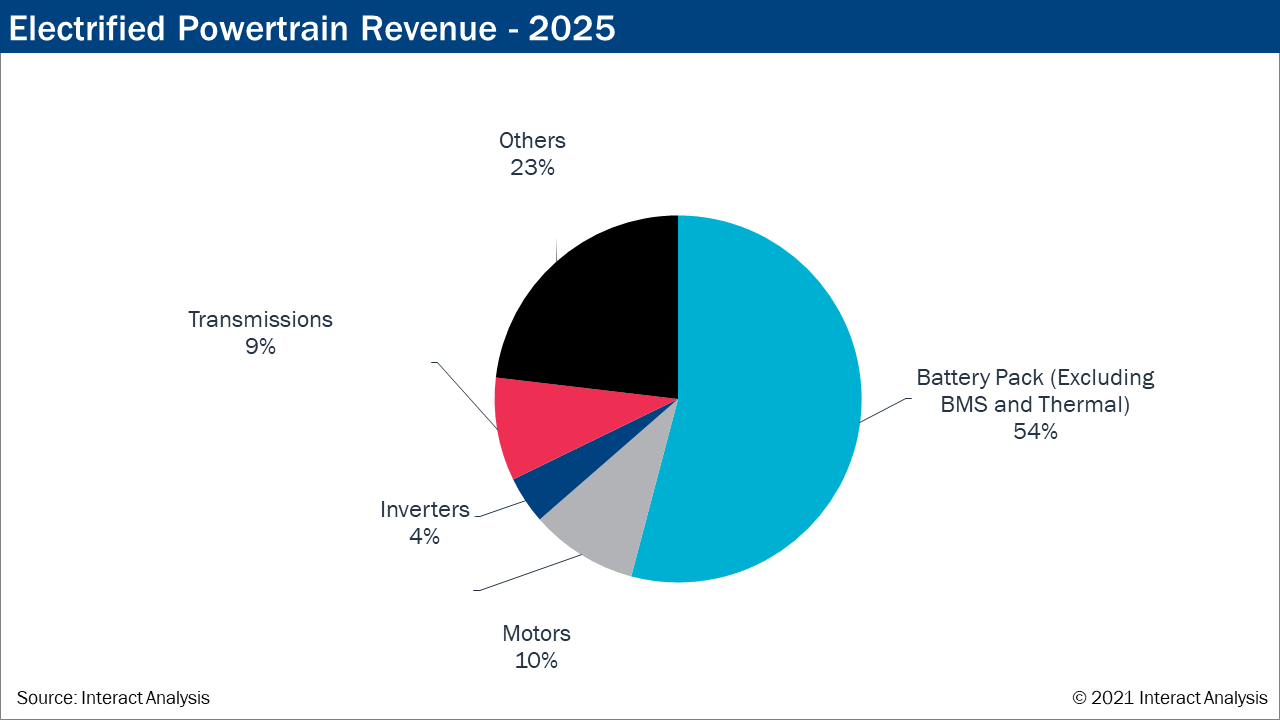
Fuel cell systems, costs will decline dramatically
Fuel cell systems, currently found almost uniquely in fuel cell buses, cost a hefty $96,000 in 2020, Interact Analysis points out. But «the research forecasts a dramatic decline in fuel cell prices out to 2030 (in $/KW) as their application spreads in a range of heavy-duty vehicles. 2030 prices are predicted to average 23% of the 2019 figure – a more dramatic decline than any other component in the report.
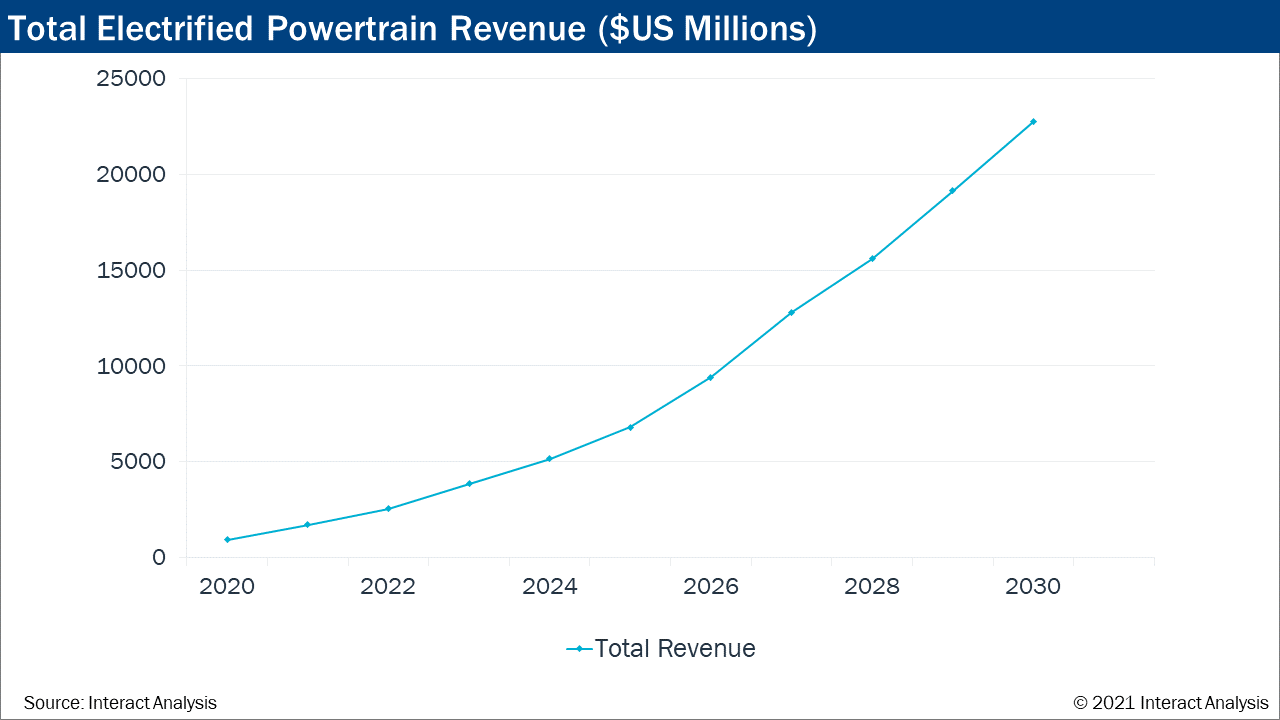
Electrified powertrains, eAxles to become much cheaper
Jamie Fox, principal analyst at Interact Analysis says: “Tough competition causes strong price erosion, and machined processes for equipment such as transmissions allow less expensive production when volumes become larger. As an example, the average cost of an eAxle was $5,000 in 2019. This will drop to $1,800 by 2030, even when we take into account the anticipated proliferation of medium and heavy duty vehicles over the time period.
“So, our research tells us that the average cost of the powertrain for a full electric medium or heavy duty truck will drop from $105,000 in 2019 to $50,000 in 2030. Interestingly, however, the overall average price for all categories of vehicle powertrain will stay flat, as these new and exciting technologies lead to more and more heavy vehicles on our roads.”






